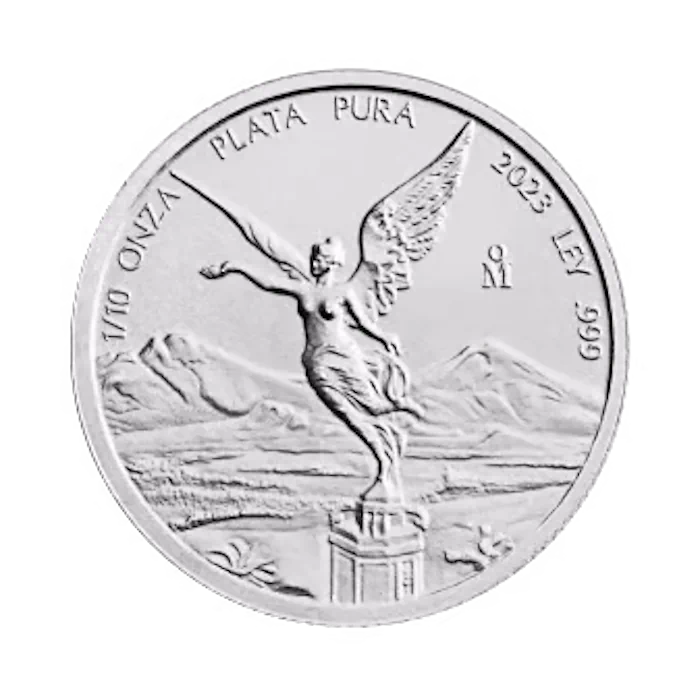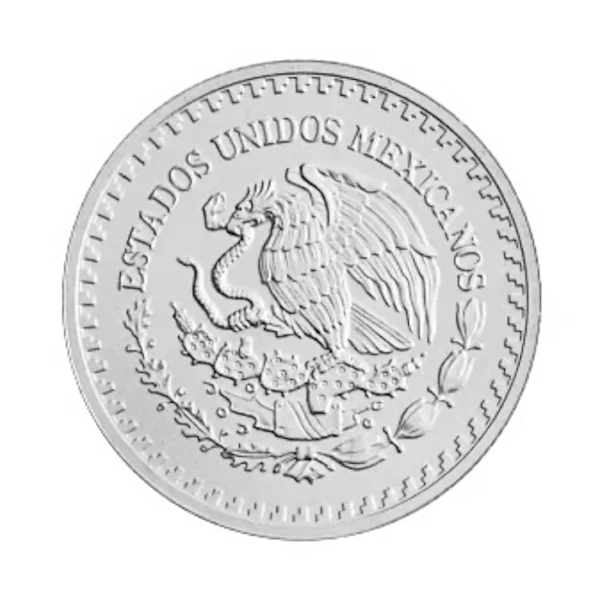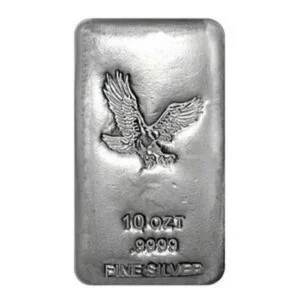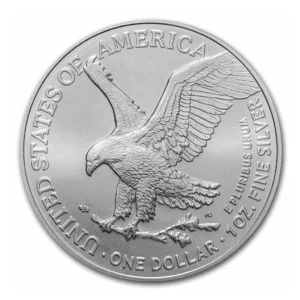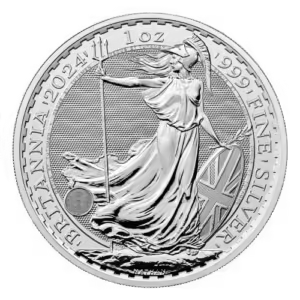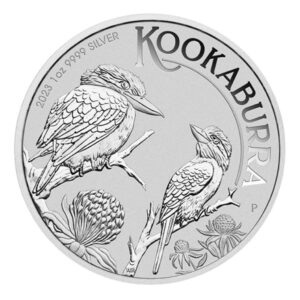COIN HIGHLIGHTS
- Ships individually in protective packaging
- Consisting of 1/10 oz of 999 Fine Silver
- Obverse: Features a relief of Mexico’s national shield, surrounded by nine iterations of Mexico’s different national coats of arms as well as a laurel wreath along with the inscription “ESTADOS UNIDOS MEXICANOS”
- Reverse: Features a left profile design of Mexico City’s Angel of Independence, the winged victory, shown against a background consisting of two landmark Mexican volcanoes: the Popocatépetl and the Iztaccihuatl, the Mexican Mint stamp along with inscriptions indicating the coin’s weight, type and purity in Spanish
The Mexican Libertads consist of silver and gold coins minted in extremely low quantities compared to other bullion coins, increasing both demand and premiums. In addition to their low mintage, the attractive design of the winged victory statue adds a collectability aspect that can be appreciated by numismatists as well, ensuring that this is a sound purchase for investment for multiple reasons.
Mexico is a nation that is renowned for its beauty and the fierce pride of the people that reside within it. The pride is reflected in its rich culture and history and has been instilled in the Nation’s products, including its bullion range. The Libertads carry key symbols of the history of the Mexican people, along with a beautiful design.
The winged victory statue Angel de la Independencia is displayed prominently in the heart of Mexico City and pays homage to the Roman Goddess of victory, Victoria.
The two volcanic structures (Popocatépetl and Iztaccíhuatl) are prominent in Aztec mythology and Mexico’s history.
Popocatépetl was a fearsome warrior who was promised the Emperor’s daughter, Iztaccíhuatl, to increase the warrior’s ferocity and resolve upon completing an ensuing battle. Assuming he would not return, the Emperor told his daughter that Popocatépetl had died in battle, causing Iztaccíhuatl to perish from grief. Following his triumphant return, the fearless warrior encountered his deceased bride and laid her to rest. Her form remains as Iztaccíhuatl mountain, or La Mujer Dormida, “The Sleeping Woman.” To this day, Popocatépetl remains an active Volcano, while Iztaccíhuatl does not.

